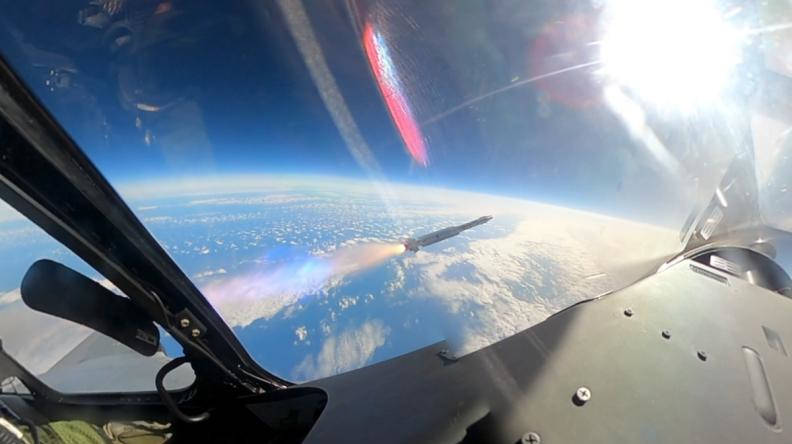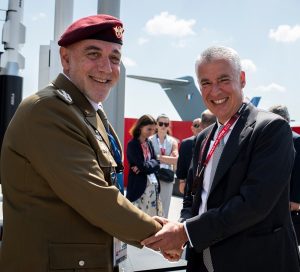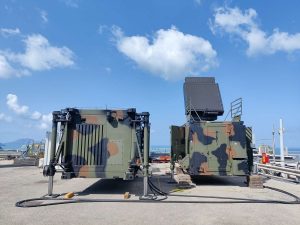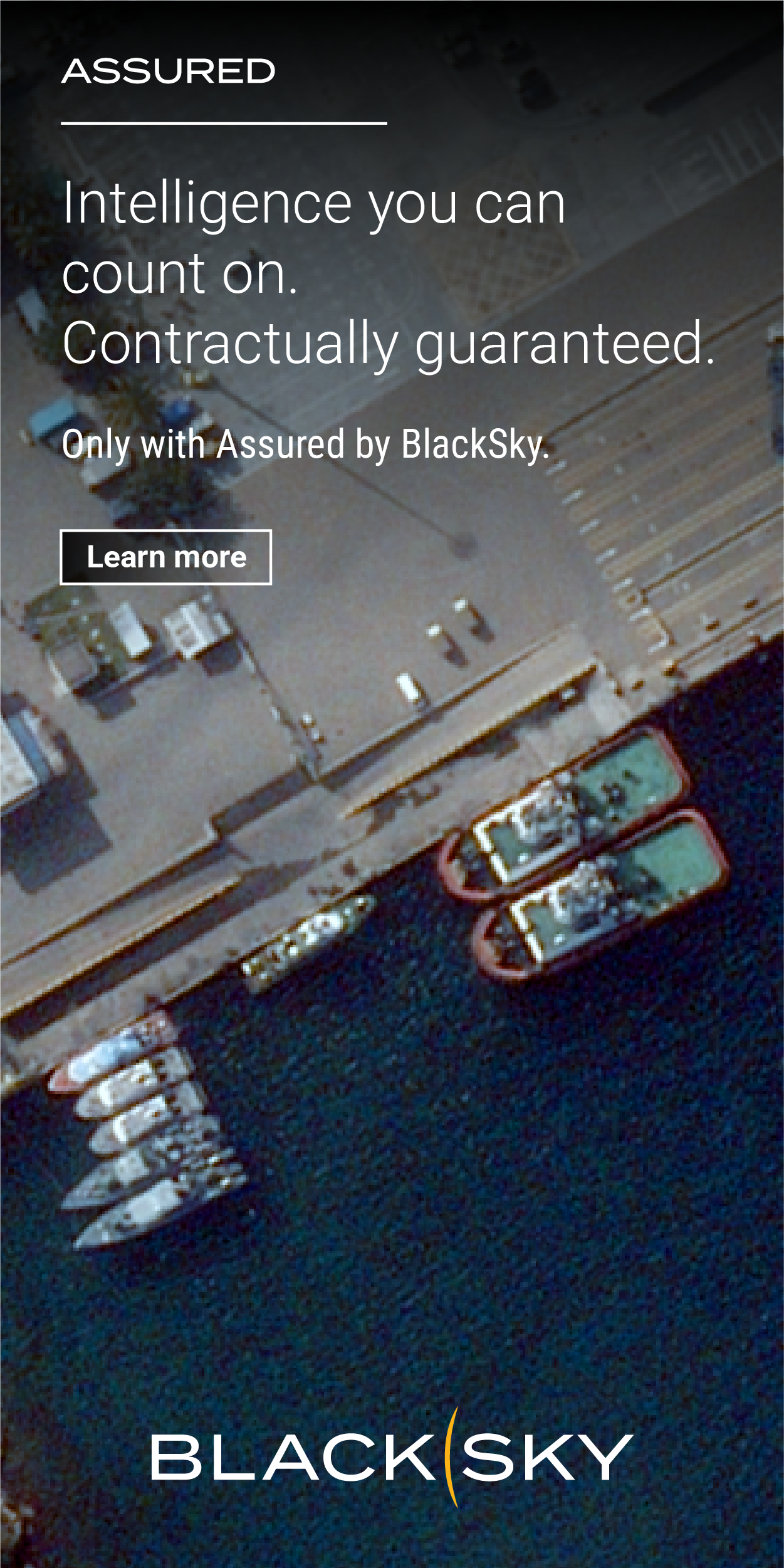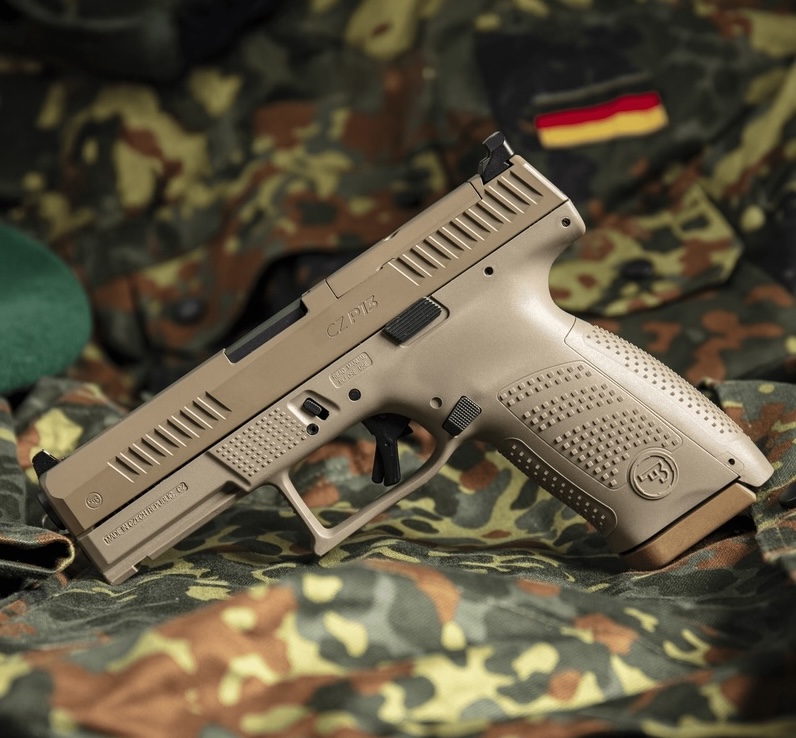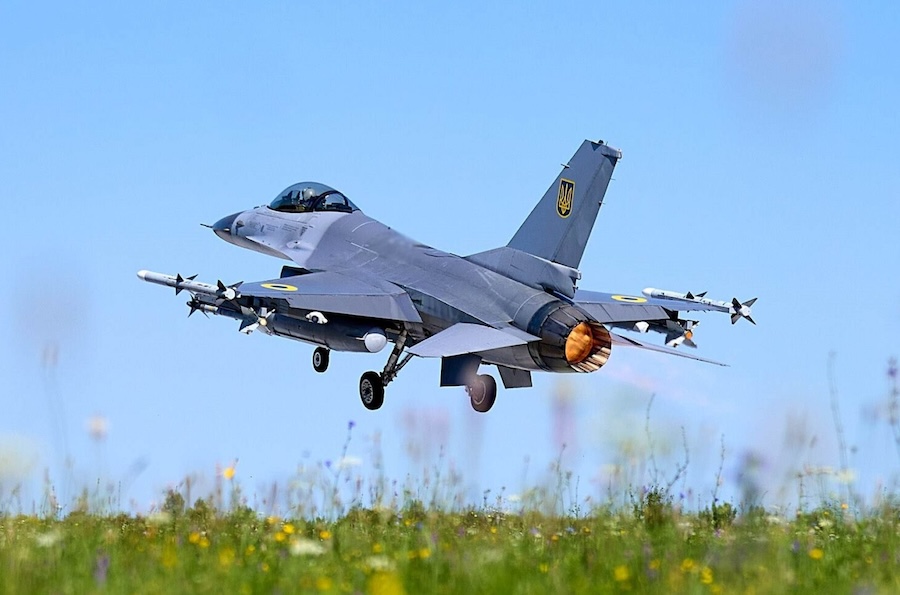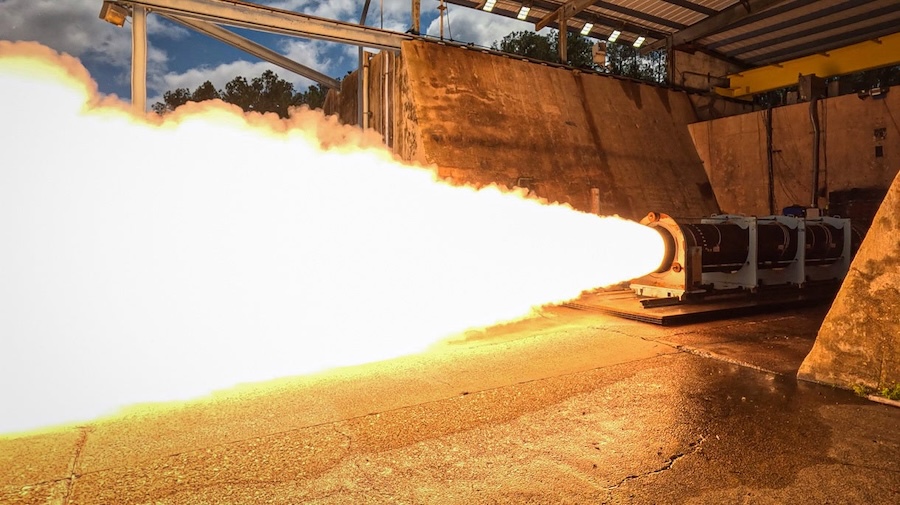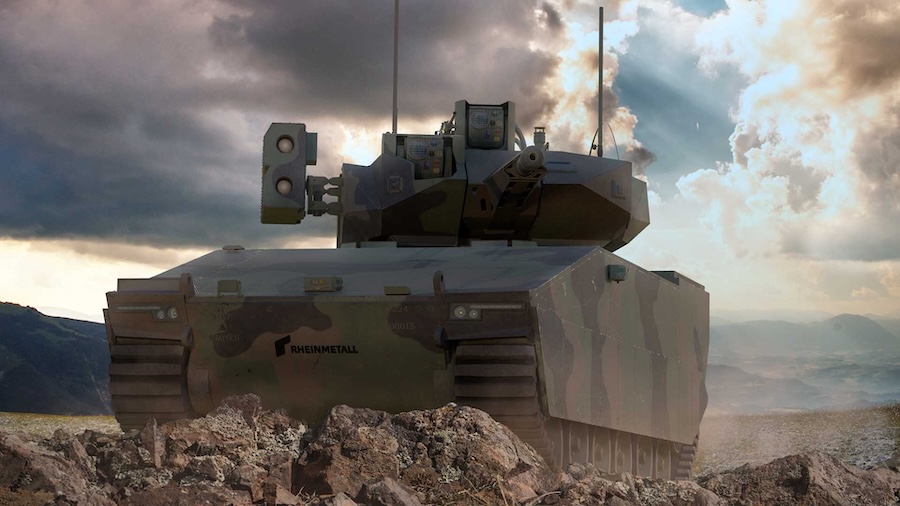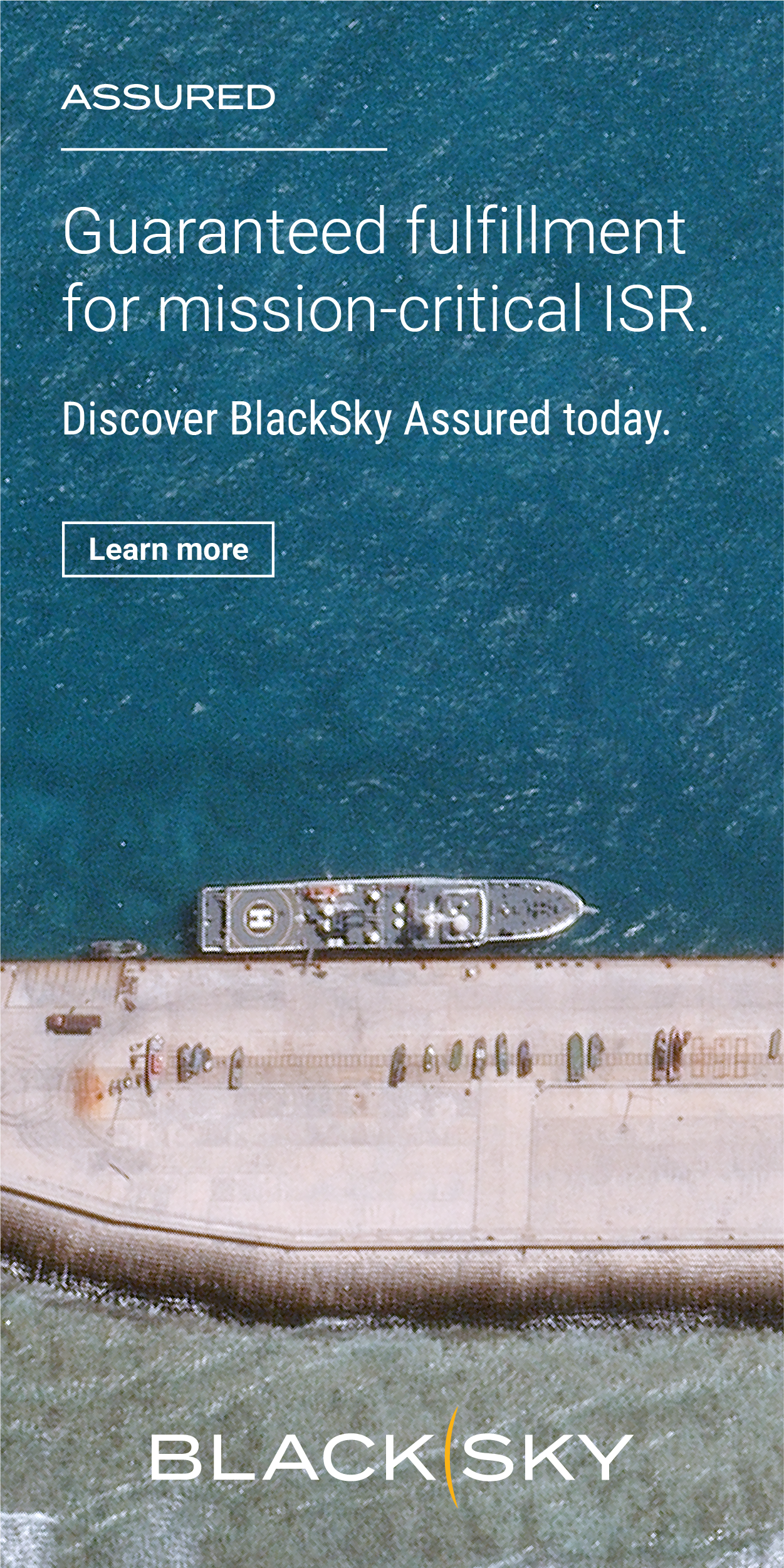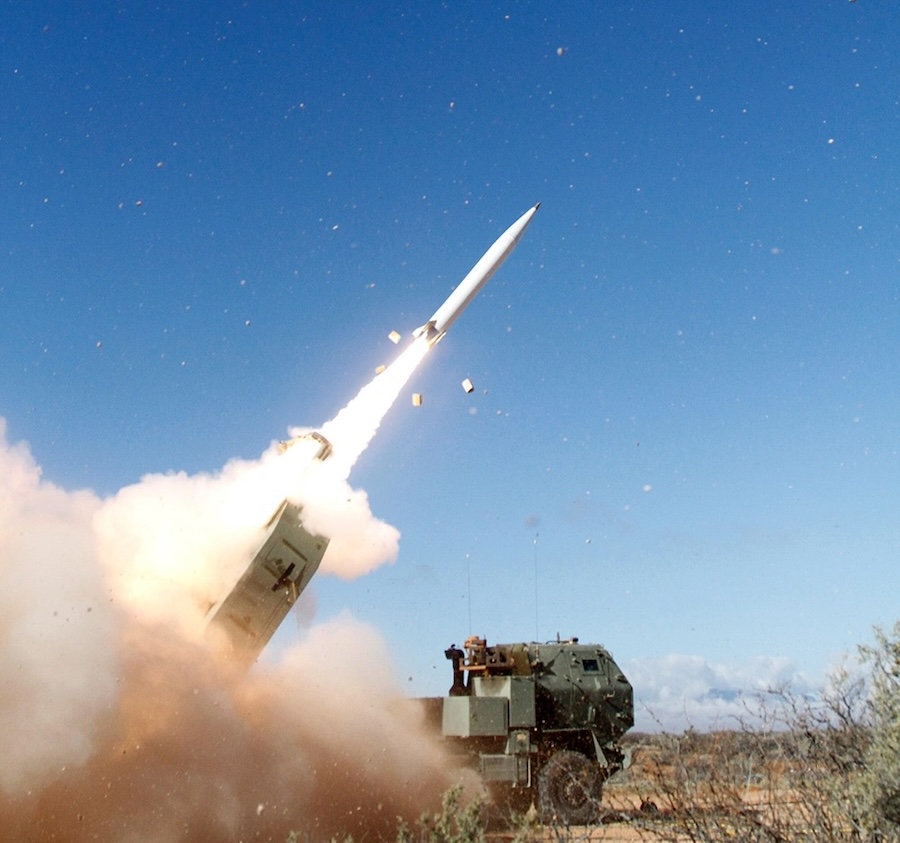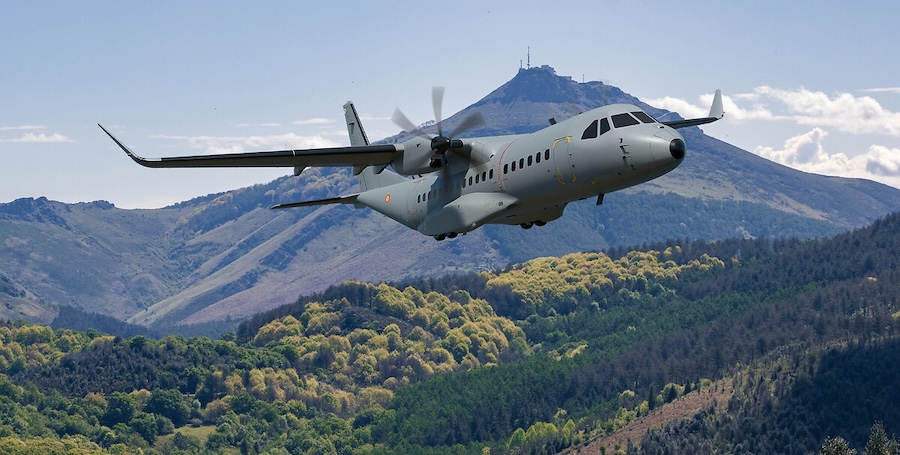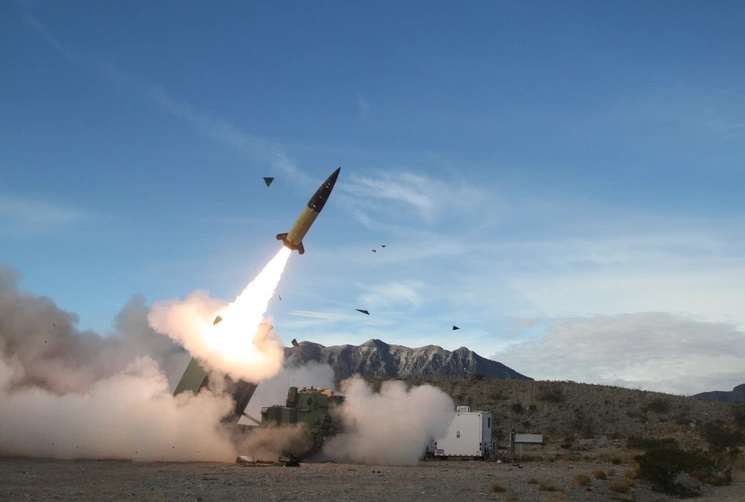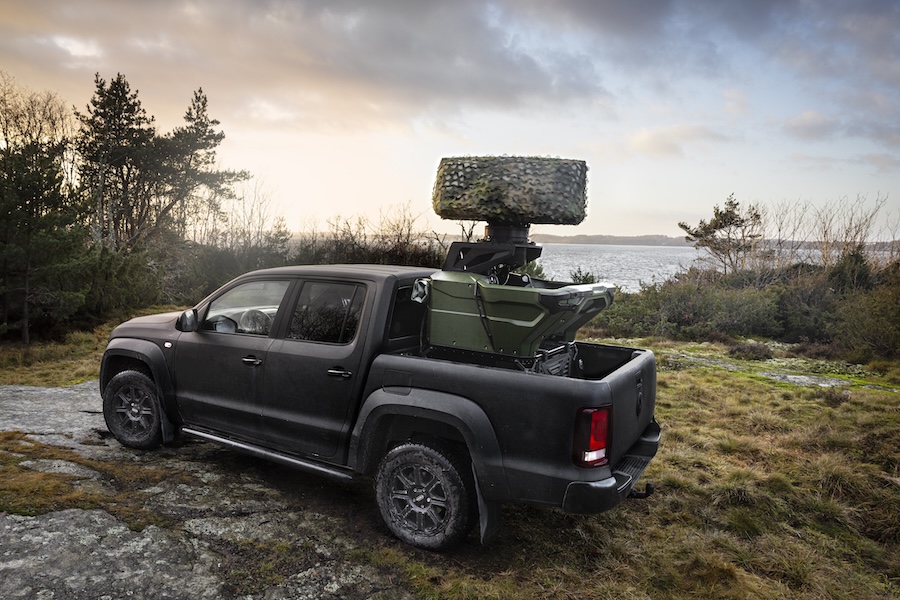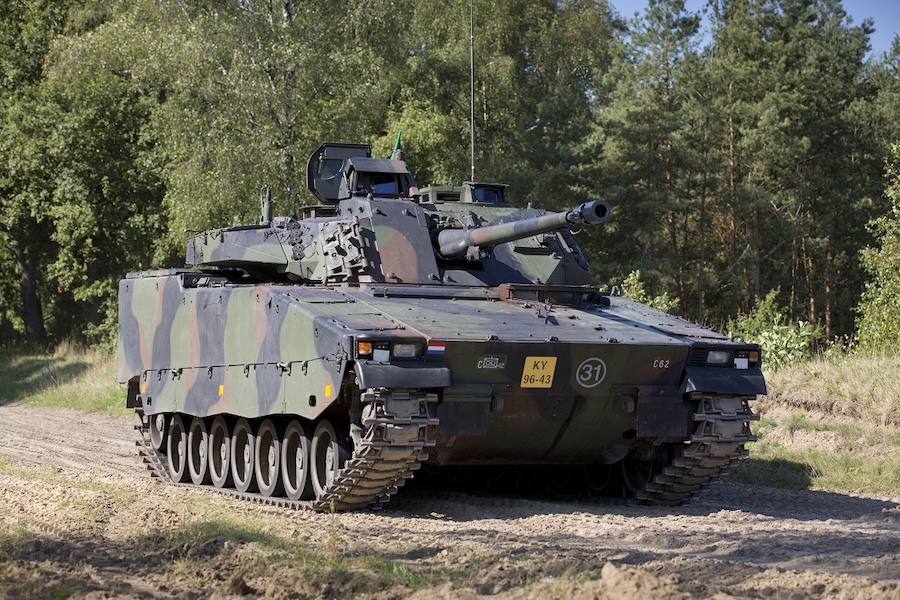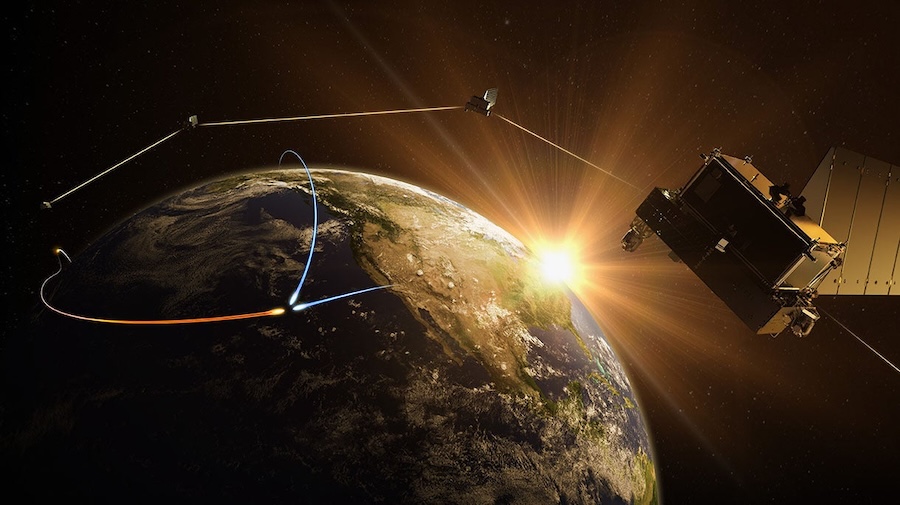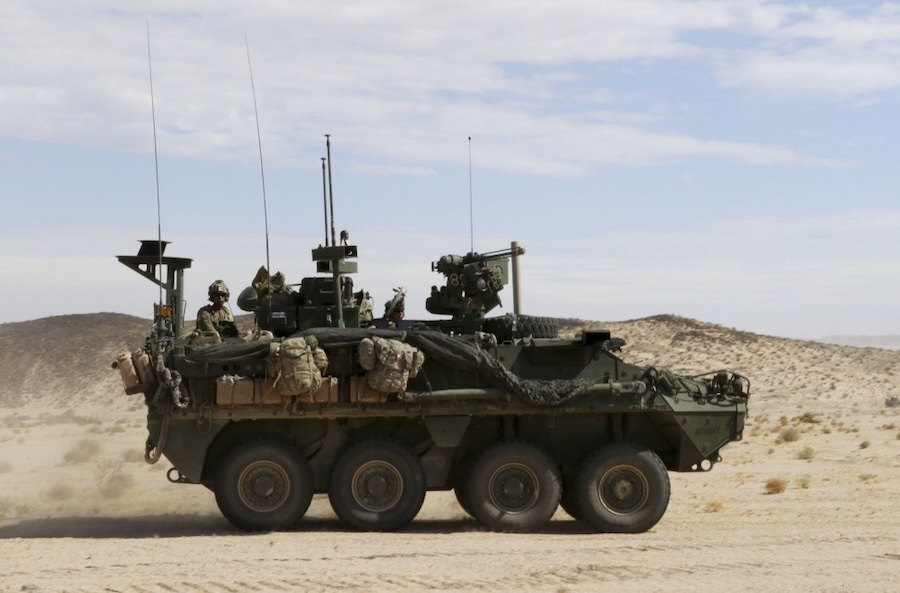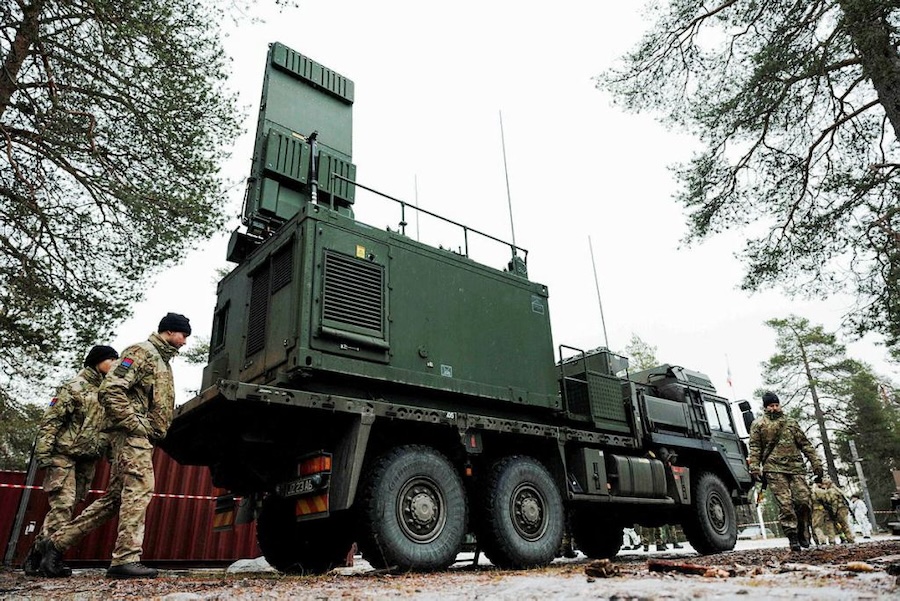MBDA played a central role in the operation, applying its expertise in missile piloting, guidance and navigation in complex environments to overcome the technological challenge of engaging targets above 20 kilometres. “This success demonstrates MBDA’s commitment to the DGA, the French armed forces and all its partners,” the company stated.
The test forms part of France’s national strategy on ‘very high altitude’ defence, a domain defined as between 20 and 100 kilometres above Earth and presented by Minister of the Armed Forces Sébastien Lecornu at the 2025 Paris Air Show. This layer of the atmosphere is increasingly exposed to espionage and surveillance threats from drones, long-endurance balloons and hypersonic systems.
MBDA, as a specialist in air defence from both air and ground platforms, is fully aligned with this strategic direction. The company offers a comprehensive suite of sovereign, multi-layer systems designed to shield European airspace from evolving threats.
To confront hypersonic risks, MBDA is advancing technologies for high-altitude interception. The ASTER 30 B1 missile, developed with Italy, already provides an initial defence capability against some hypersonic threats.
Building on this, MBDA is developing the ASTER B1 NT, a next-generation missile to defend against more advanced, manoeuvrable and complex hypersonic weapons. It will serve as a cornerstone of the upcoming SAMP/T NG land-based air defence system for France and Italy.
Additionally, through the European HYDIS programme, MBDA is working on an endo-atmospheric interceptor to counter both hypersonic and ballistic threats at very high altitudes. Expected from 2035, this system will enable wide-area defence and reinforce national sovereignty.



